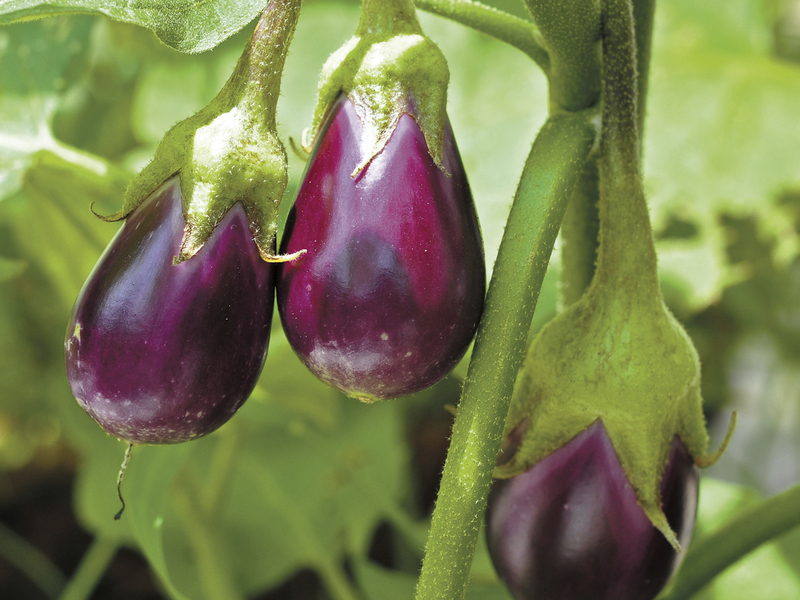Oscar Wilde noticed how very different English was spoken here in America and said, “We have really everything in common with America nowadays, except, of course, the language.”
In British English numbered highways usually take the definite article, such as “the M25”, “the A14”; in American English most speakers don’t use “the” before a highway name or number and simply say “I-90,” “Route 5”). Everyone, that is, except some parts of upstate New York, southern California and Arizona. Americans have cookies and British have crackers. They have vanilla pods, we cook with vanilla beans. If you sweeten with light brown sugar in the states you may get Demerera Sugar in London, a sweet, crunchy, partially refined light brown sugar that tastes a bit like caramel, said to be perfect on scones, and in tea. How it does in American coffee or on a doughnut is in doubt. Top it all with heavy cream or their “double cream,” and you may reach for the British Digestive Biscuits, only to find they are our very own graham crackers.
British versus American English goes into the garden.
The vegetable plant they call aubergine, we call eggplant (Solanum melongena). Americans first saw “aubergines” not with purple fruit but white fruit that looked like giant goose eggs, so we call them eggplants even when they are purple. The British simply borrowed aubergine from the French.
Then we have zucchini or courgettes (Cucurbita pepo). Two words for the same squash, both borrowed from another language, the British from the French, and Americans from the Italians. Courgettes came to British English from the French, courgette being the diminutive of courge, meaning a squash or gourd.
Americans never even heard of a courgette before the Italians brought their own version in the 19th and 20th century immigrations, the zucchini (Cucurbita pepo). Zucchini is plural of zucchino, the Italian diminutive of zucca, meaning a gourd or squash.
Beet or beetroot, (Beta vulgaris), it all tastes like dirt. Perhaps we’re eating the wrong end? Beets or beetroots might have first emerged as crops grown for their nutritious leaves, not the roots. There are no records of the cultivation of round beets before around 1600.
Bull’s Blood Beet or Beetroot is an heirloom beet grown for its sweet, purple-red leaves. Pick Bull’s Blood beets’ leaves young as baby greens for salads. Let some grow out for stir fries and pan sauteing in olive oil and garlic.
Gloves from Sweden made of soft, undressed kidskin became so popular around 1884 that the French term “gloves of Sweden,” or “gants de Suède,” literally became our English word “suede” for all soft, undressed kidskin.
But a Swede in Britain is not suede, but a rutabaga. Rutabagas grew wild and delicious in the wilds of Sweden, so British call them Sweden turnips, or just Swedes.
Americans got their name rutabaga from Sweden too. Rutabaga comes from a dialect of Swedish meaning root and bag, or rutabaga.
The rutabaga Joan (Brassica napobrassica) is an old-time favorite with delicate, sweet yellow roots with purple tops. They are resistant to club root disease and grow well just about anywhere in the United States. Only recently have pumpkins replaced the lowly rutabaga in the British Isles as the choice for Halloween carving. Just as in centuries past, rutabagas are still sometimes carved into lanterns with sinister-faced jack o’ lanterns to ward off evil spirits.
In the 1940s the word rutabaga once was slang meaning dollar. Grow your own British vegetable garden and you may save a rutabaga, or would that be a Swede? In for a penny, in for a pound.













































